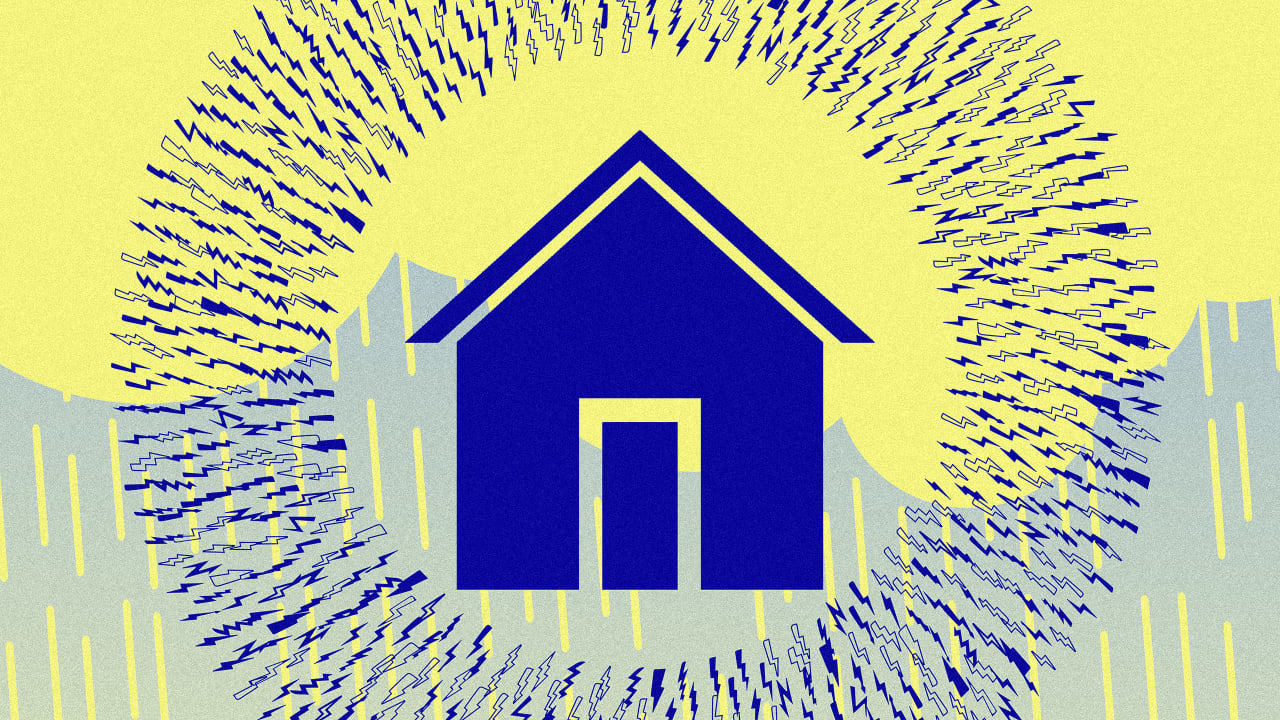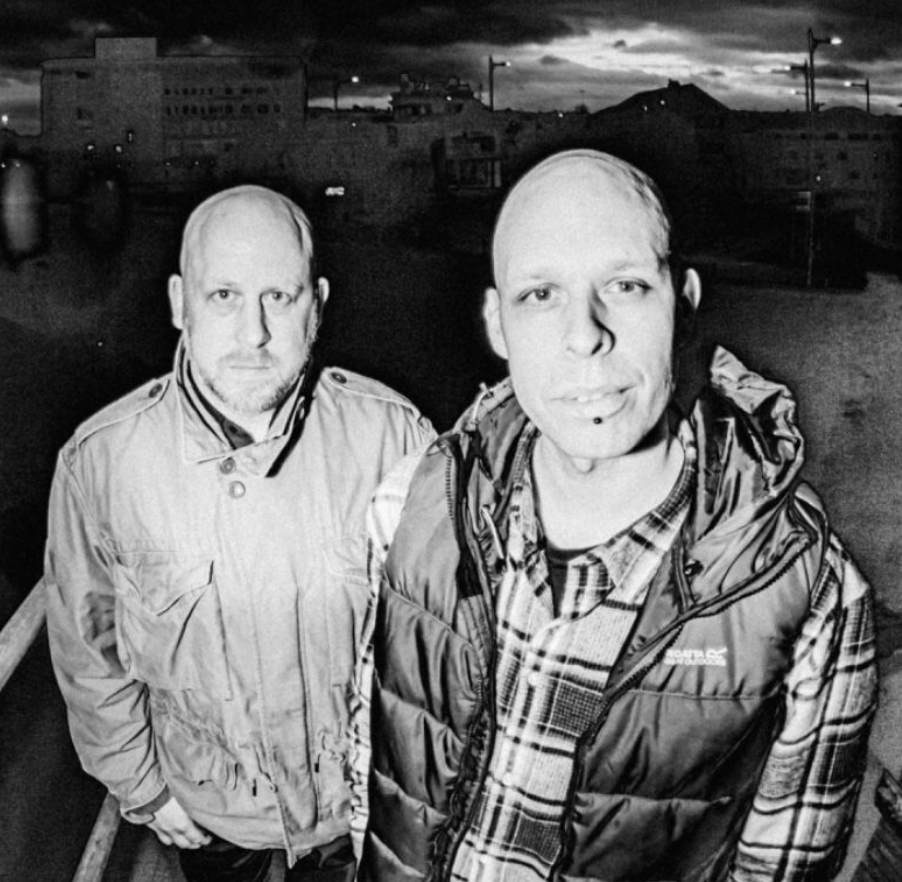In the future, you might be able to power your house with raindrops

In the future, your roof could generate power not only from the sun but also from falling rain.
In a recent study, scientists demonstrated a new way to capture renewable energy from rainwater. “There is a large amount of energy in rain,” says Siowling Soh, an engineering professor at the National University of Singapore and author of the study, which was published in ACS Central Science. “This large amount of energy is wasted every day. There is currently no commercial technology that tries to harvest it.”
When water flows down a pipe, it can pick up and move tiny electric charges from the pipe’s surface. That creates a small electric current. It’s similar to the way rubbing a balloon on your hair creates static electricity. In the past, when researchers tried to take advantage of this phenomenon to harness power from flowing water, they couldn’t generate enough energy for it to be useful. But the new study found that if water falls in a particular way—with pockets of air in between “plugs” of falling water, inside a certain size of tube—it could produce far more electricity. The method makes it possible for around 10% of the available energy from the rain to be converted into usable electrical energy.
In the study, small sample tubes powered 12 LED light bulbs. A large system could produce a meaningful chunk of energy for a house. “As long as we are willing to scale up the system in three-dimensional space—e.g., the lateral dimensions in addition to height—we will be able to obtain substantial amounts of energy,” Soh says. (In addition to generating power from rain, the same approach could also potentially be used to generate power from streams, while avoiding some of the environmental challenges of the large dams used in hydropower today.)
The research is still at an early stage, with no designs yet that show how the system might look on a house. But it could take various forms, says Soh, with a tube or multiple tubes bundled together on a roof, which then send power inside a house. The size could vary depending on the amount of power needed. “One of the most attractive features of this technology, we think, is that it is highly customizable for different situations,” he says. In a rainy climate, like Singapore, the system could complement solar panels, providing more power when the sun isn’t shining.
What's Your Reaction?
 Like
0
Like
0
 Dislike
0
Dislike
0
 Love
0
Love
0
 Funny
0
Funny
0
 Angry
0
Angry
0
 Sad
0
Sad
0
 Wow
0
Wow
0





























































































